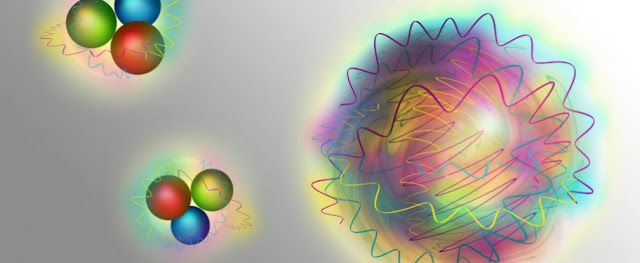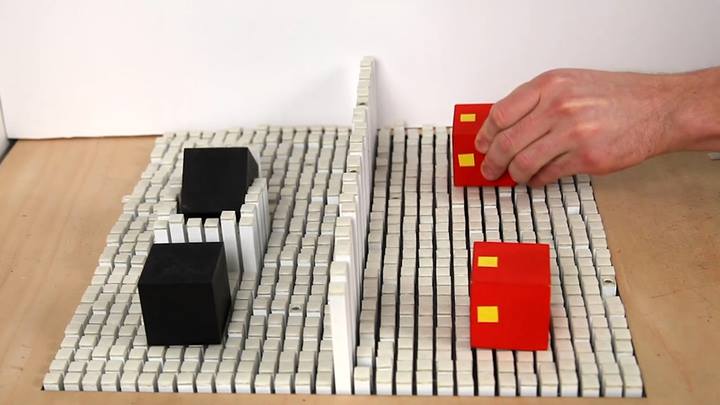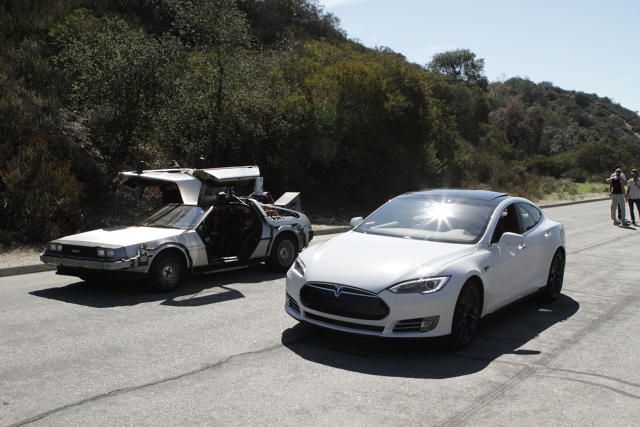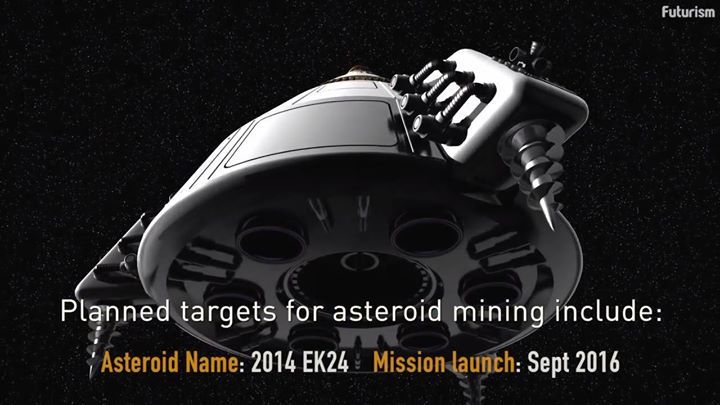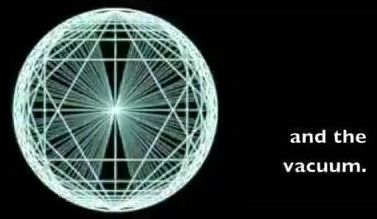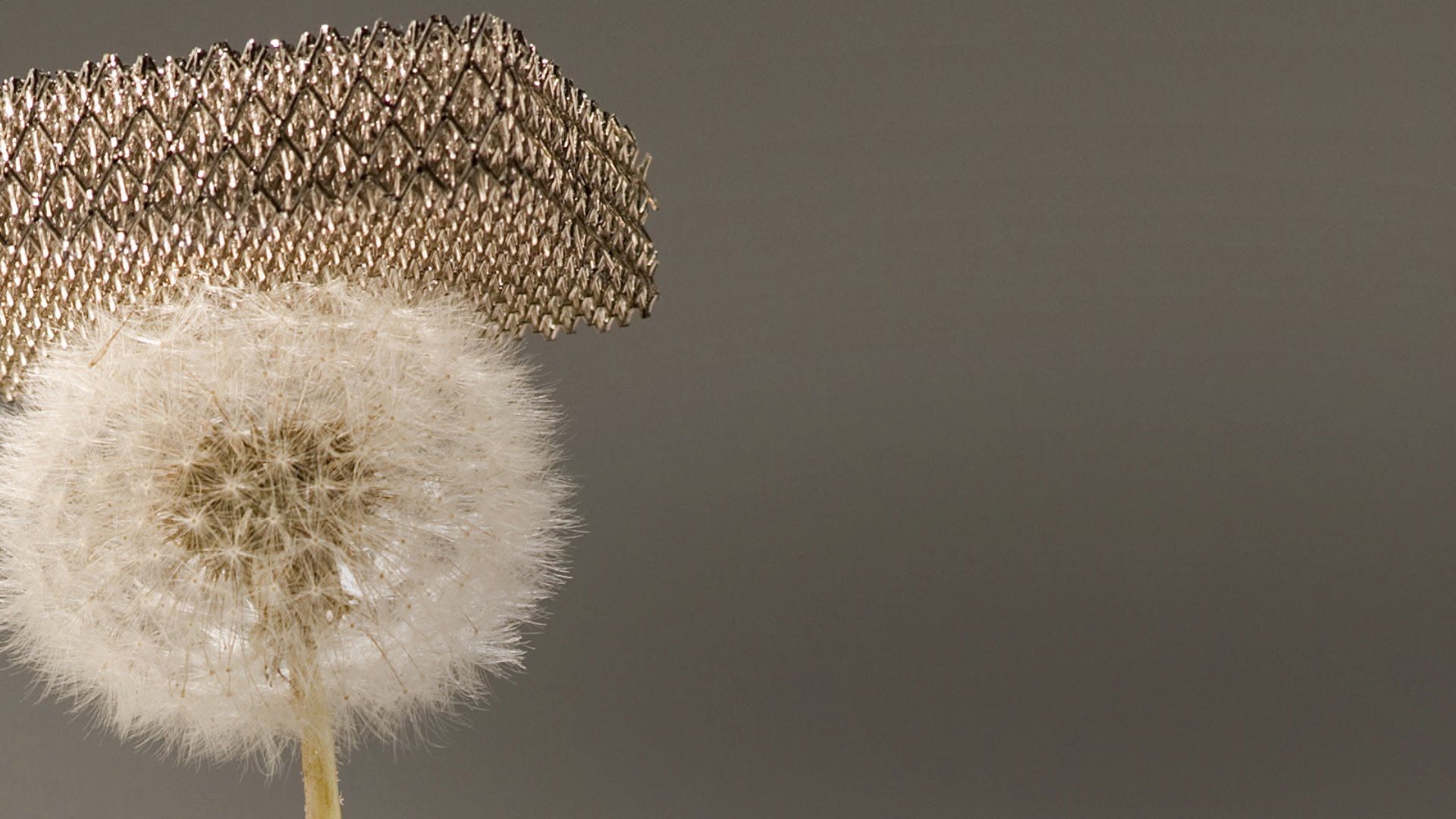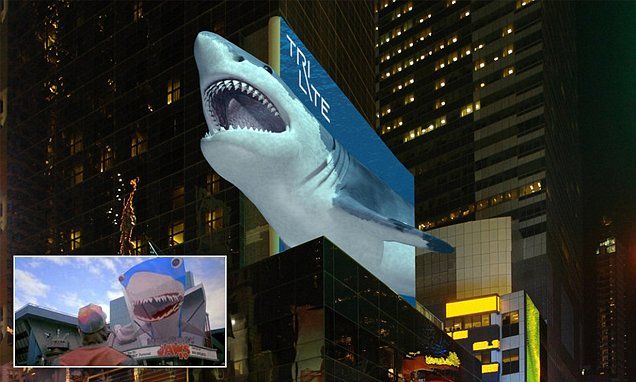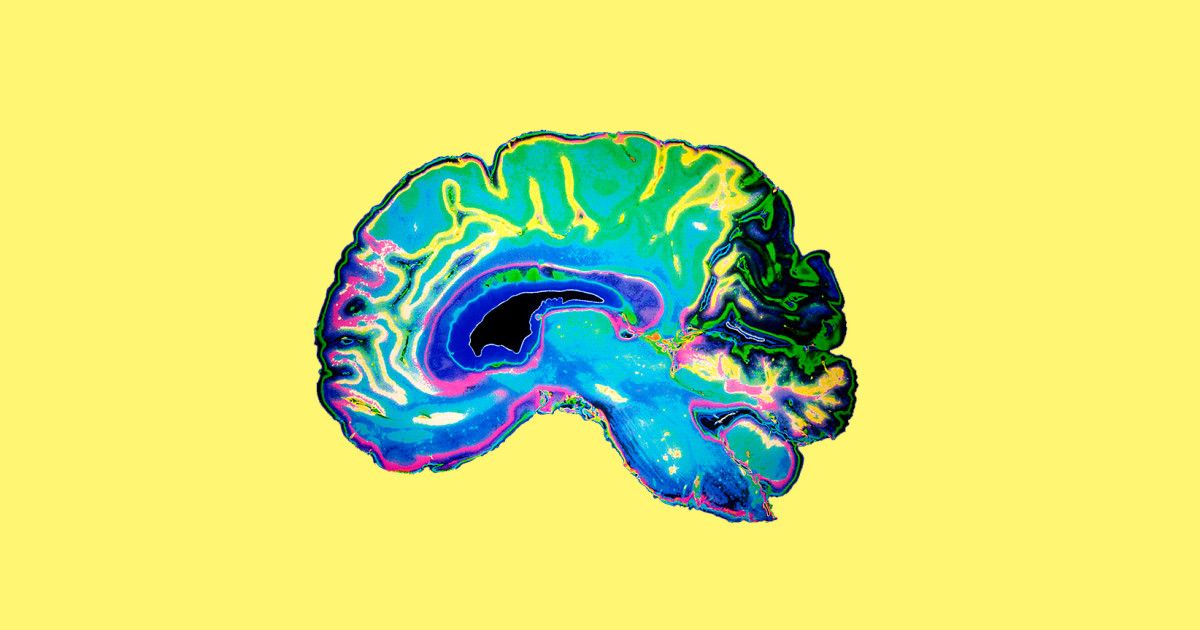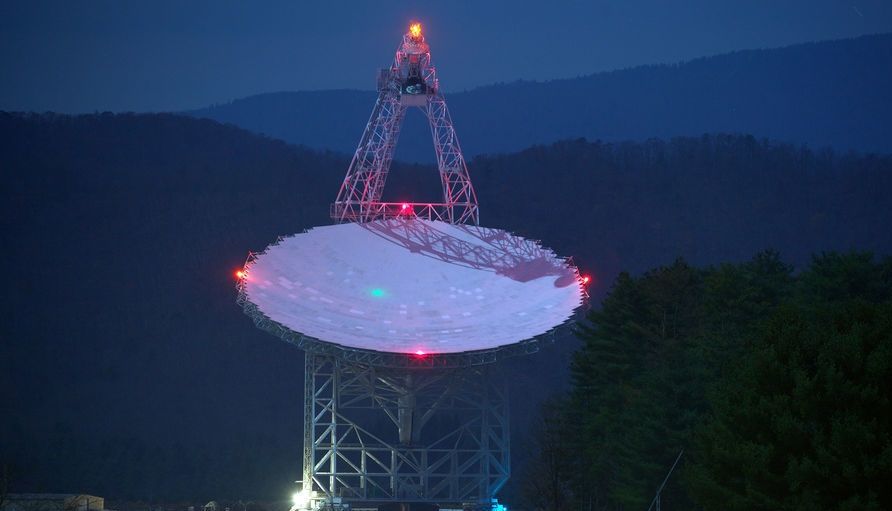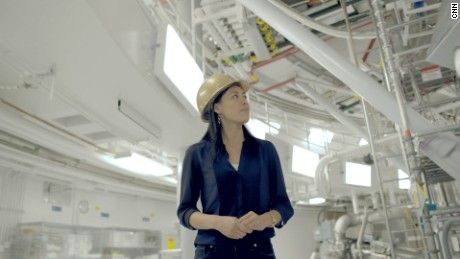After years of searching, researchers say they’ve lastlyidentified a glueball — a particle made only of nuclear force. Hypothesized to exist as part of the standard model of particle physics, glueballs have stunned researchers since the 1970s as they can only be spotted indirectly by measuring their procedure of decay. Now, a group of particle scientists in Austria say they’ve found proof for the existence of glueballs by observing the decay of a particle identified as f0(1710). Protons and neutrons — the particles that everyday matter consist of — are made of tiny elementary particles called quarks, and quarks are seized together by even minor particles called gluons.
MIT’s Kinetic Blocks project
Posted in futurism
“Next Wednesday, the design agency Positron will release a virtual reality “experience” in which viewers can get a first-person look from the cockpit at a race between the DeLorean and a Tesla Model S P90-D. The date is no coincidence: fans know October 21, 2015, is the day Marty McFly arrives in the future in Back to the Future II. This year also marks the 30th anniversary of the first film, released in 1985.”
The Biggest Opportunity of our Lifetime: Asteroid Mining could be a $100 Trillion Industry.
For more videos go to: http://futurism.com/watchmore
A few years ago, researchers created the world’s lightest metal for Boeing, and now the airline has shown it off for the first time in this new video. Called microlattice, the material is 100 times lighter than styrofoam but is as rigid as metal, which means that it has some pretty exciting applications — not limited to being able to balance on top of a dandelion.
Microlattice was inspired by the structure of our bones, which are very rigid on the outside but mostly hollow on the inside, which means they can’t be easily crushed, but are lightweight enough for us to carry around all day. The new Boeing metal mimics this, and despite its rigid exterior, it has a 3D open-cellular polymer structure, which means its structure is 99.99 percent air.
The lattice in the metal is made up of interconnected hollow metal tubes — constructed from nickel, in the case of the prototype. Each of these tubes has a wall thickness of just 100 nanometres, which is 1,000 times thinner than human hair.
Researchers claim to have cracked the problem of creating giant displays that can show images in 3D without the need for glasses.
Austrian researchers have developed a laser system that sends different images to each eye — and say it could lead to New York’s Times Square having its first 3D ads.
It would mean the 3D billboards seen in Back to the Future II, set in 2015, could finally become a reality.
“this is the kind of alien megastructure we’ve always suspected could be around distant stars, true indications of an advanced alien species. It’s a tantalizing possibility, and one the Berkeley SETI team are drafting up the proposal to follow-up on.”
Oh, you know the rest.
The sun powers itself through nuclear fusion. CNN’s Rachel Crane explores whether we could power everything on Earth the same way.
